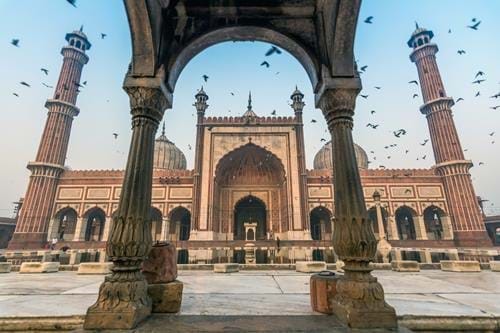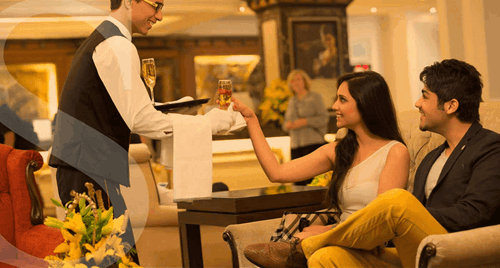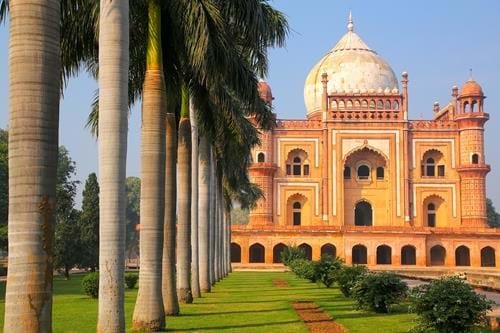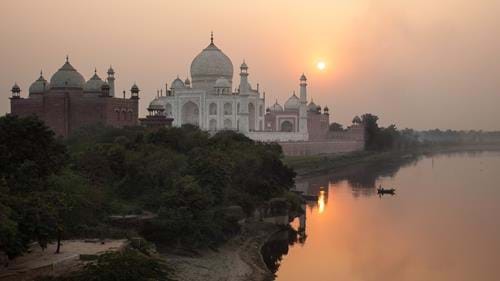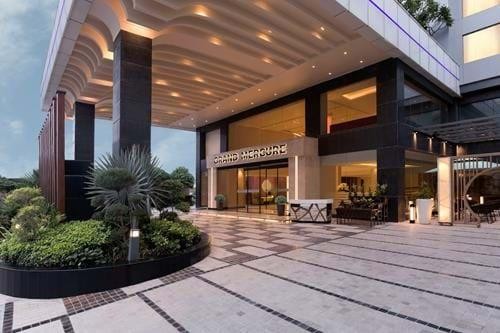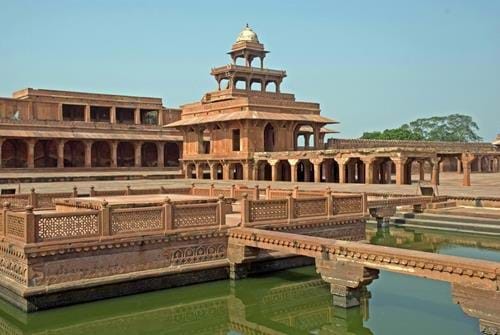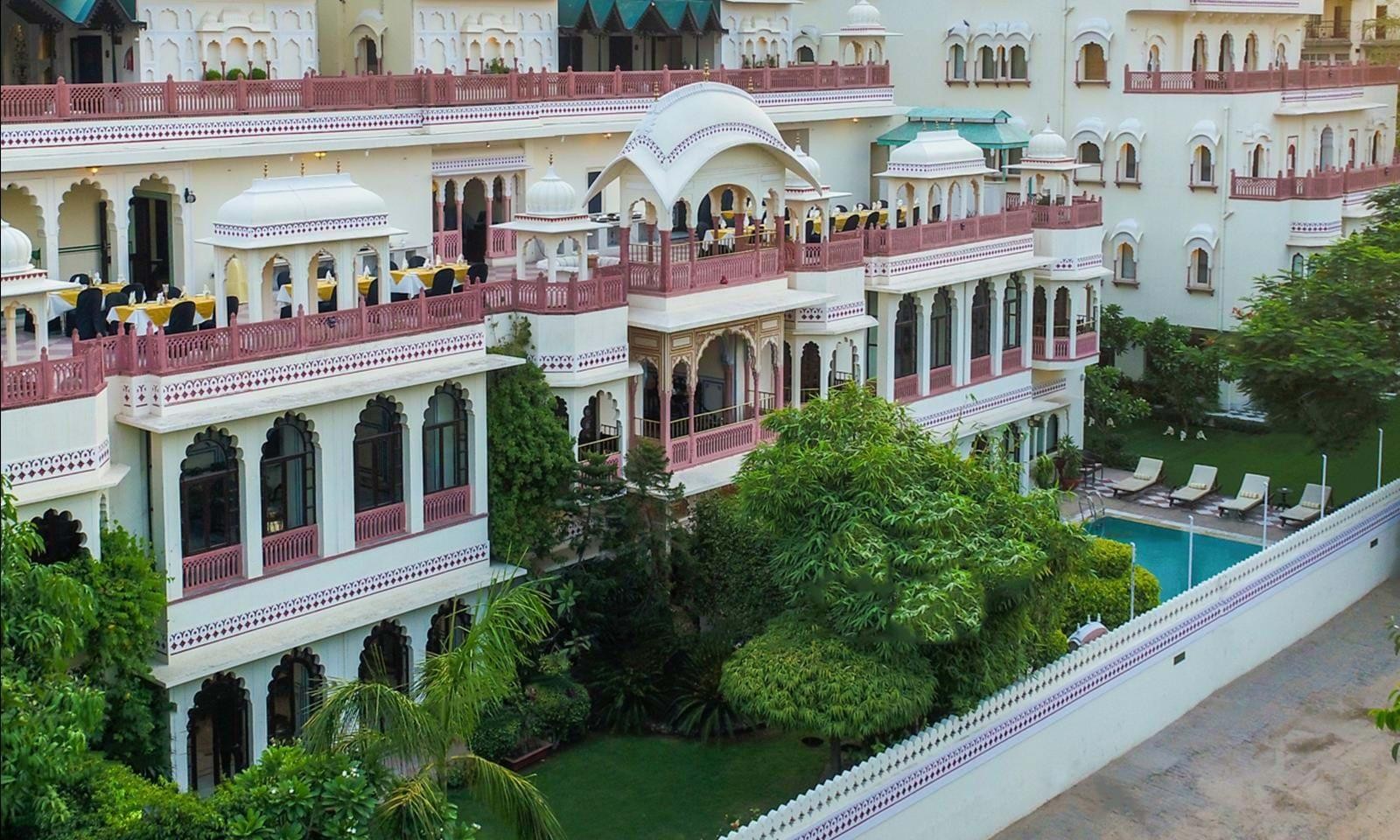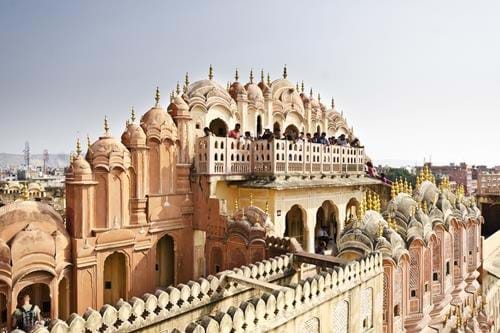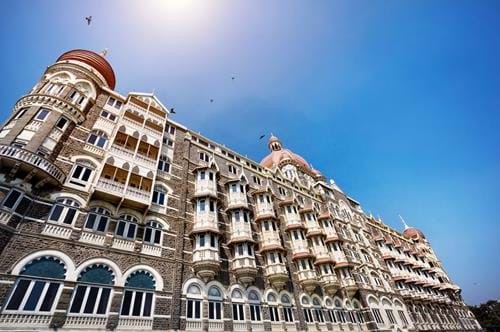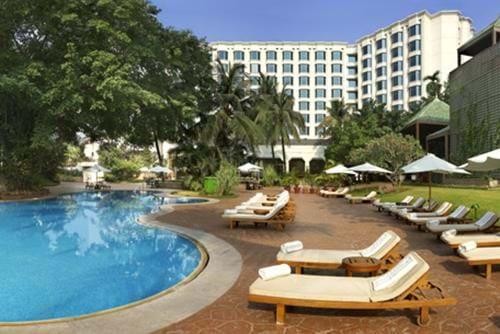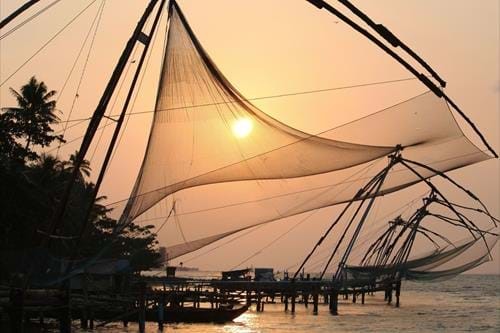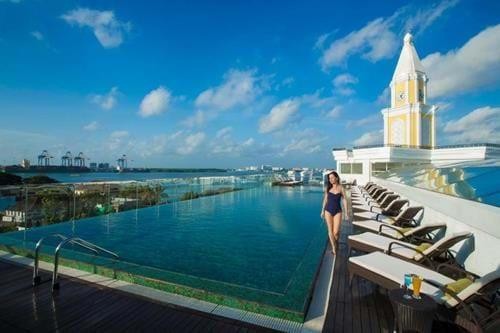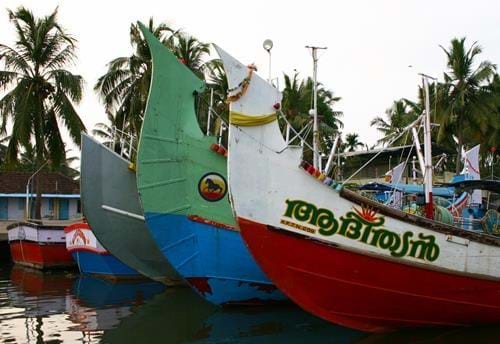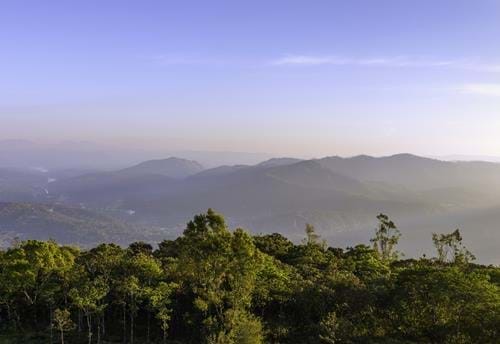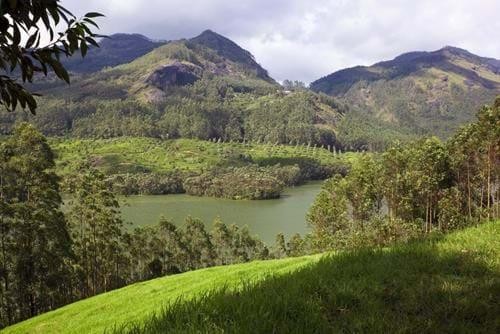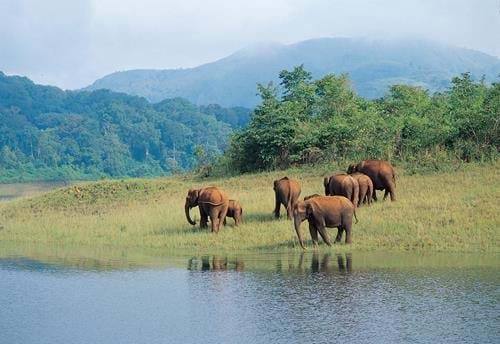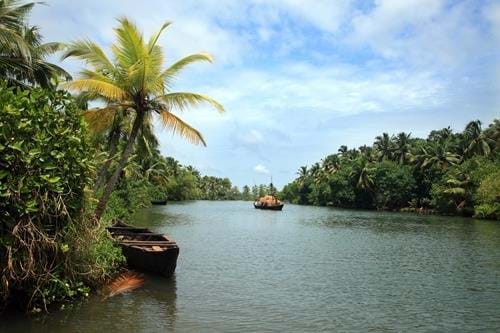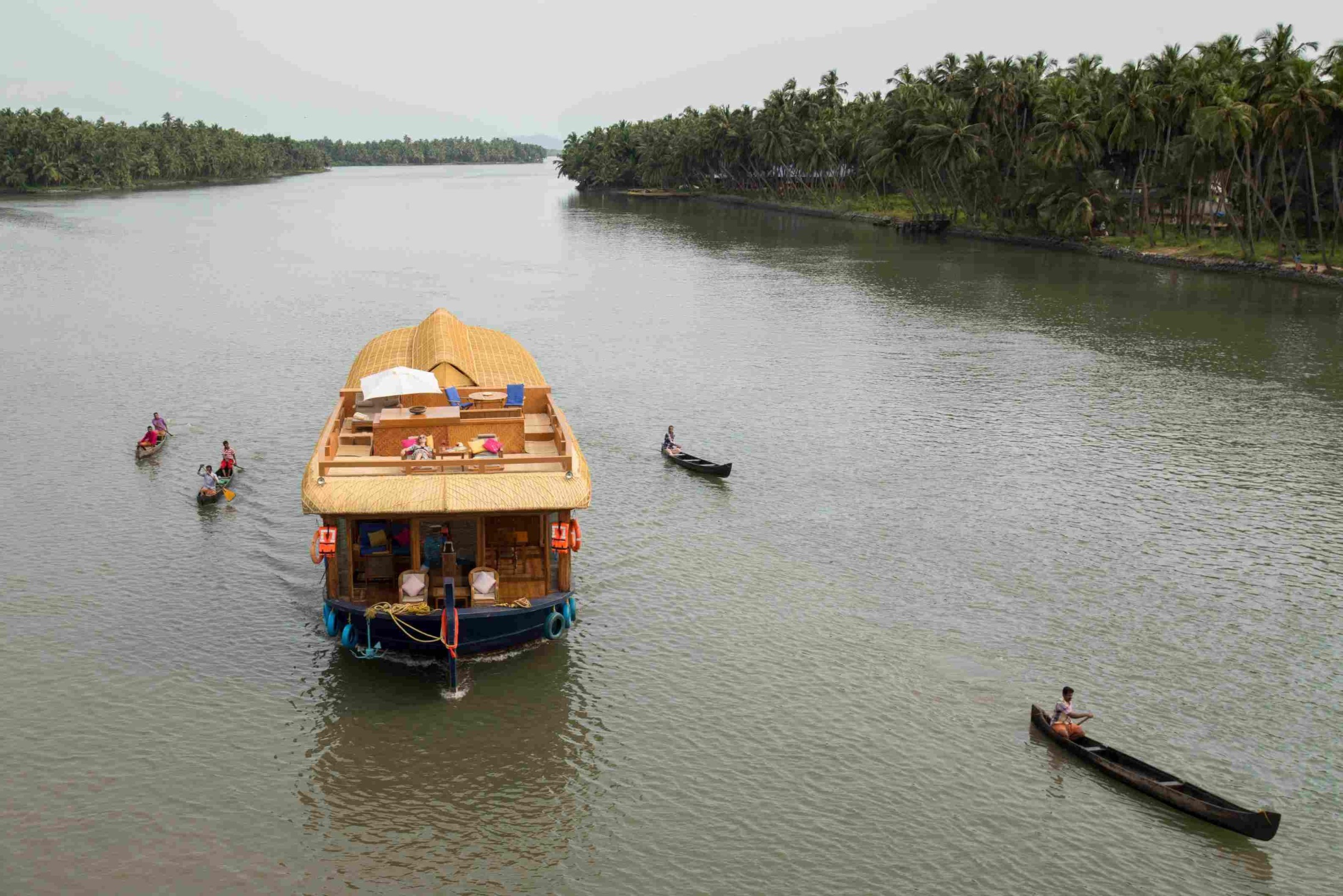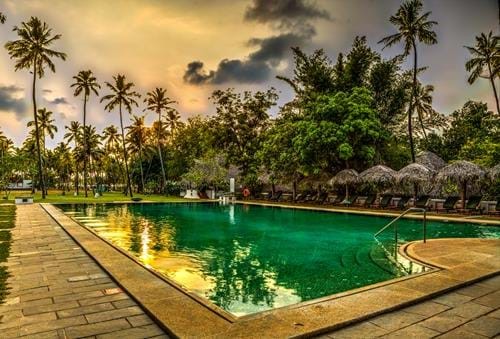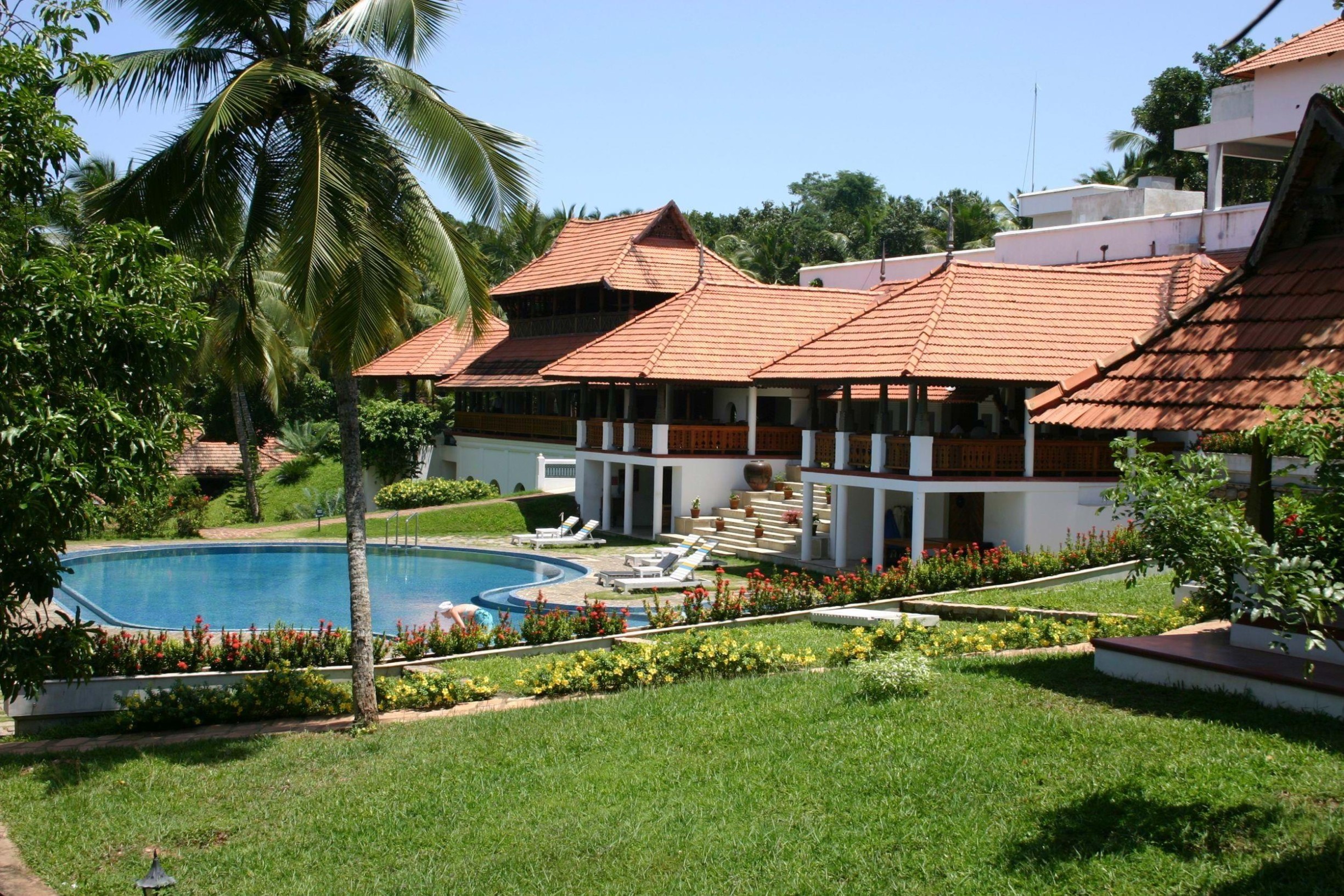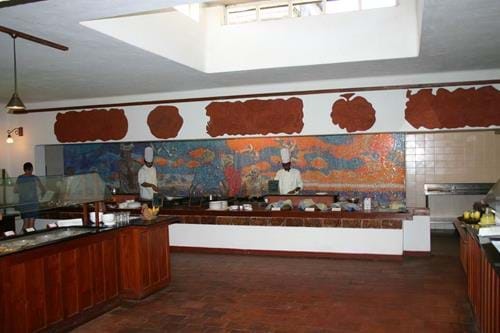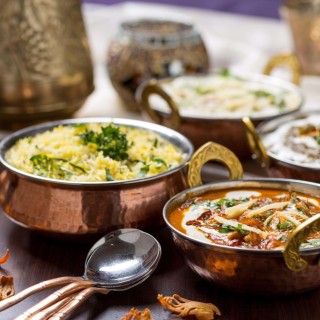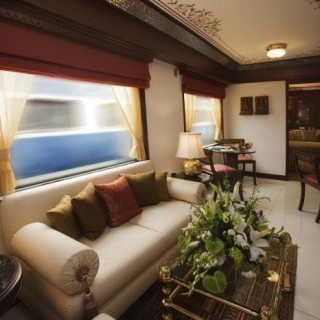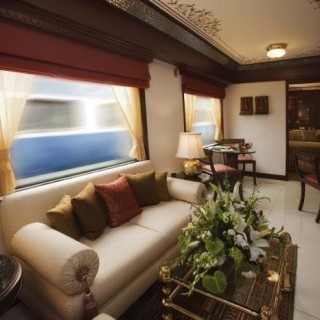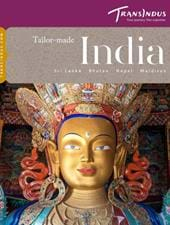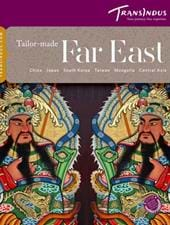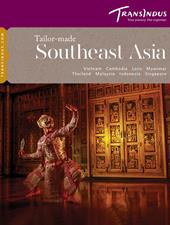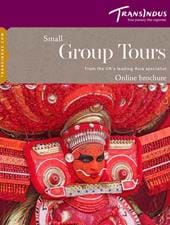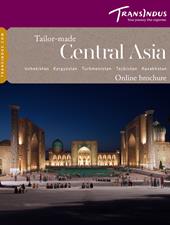Save £100 per person on list prices
Save £100 per person on ALL Group Tours booked between September and the end of December 2025.
Group Tour
- Duration14 Days
- Flights IncludedNo
- Prices From £ 2195
 Places Visited :
Delhi, Agra, Jaipur, Mumbai, Cochin, Periyar National Park, Alleppey, Kovalam
Places Visited :
Delhi, Agra, Jaipur, Mumbai, Cochin, Periyar National Park, Alleppey, Kovalam
One of the questions we’re most frequently asked by clients contemplating their first trip to India is ‘whether to go north or south’? This two-week group tour neatly sidesteps the dilemma by combining the highlights of both. Beginning with a whistle-stop round of the Golden Triangle and Rajasthan’s monuments – including the Taj Mahal, Delhi’s Jama Masjid and “Pink City” of Jaipur – it uses Mumbai’s ultra-efficient flight connections as a stepping stone to the far southern state of Kerala, whose lush, tropical backwaters and tea plantations provide the perfect counterpoint to the Mughal grandeur and desert vistas of the previous week. As always with TransIndus group tours, accommodation is comfortable, often in luxurious period properties where possible.
.jpg)
Remember, this trip can be personalised to suit your travel needs - we can tailor everything from hotel, travel type, duration and more.

